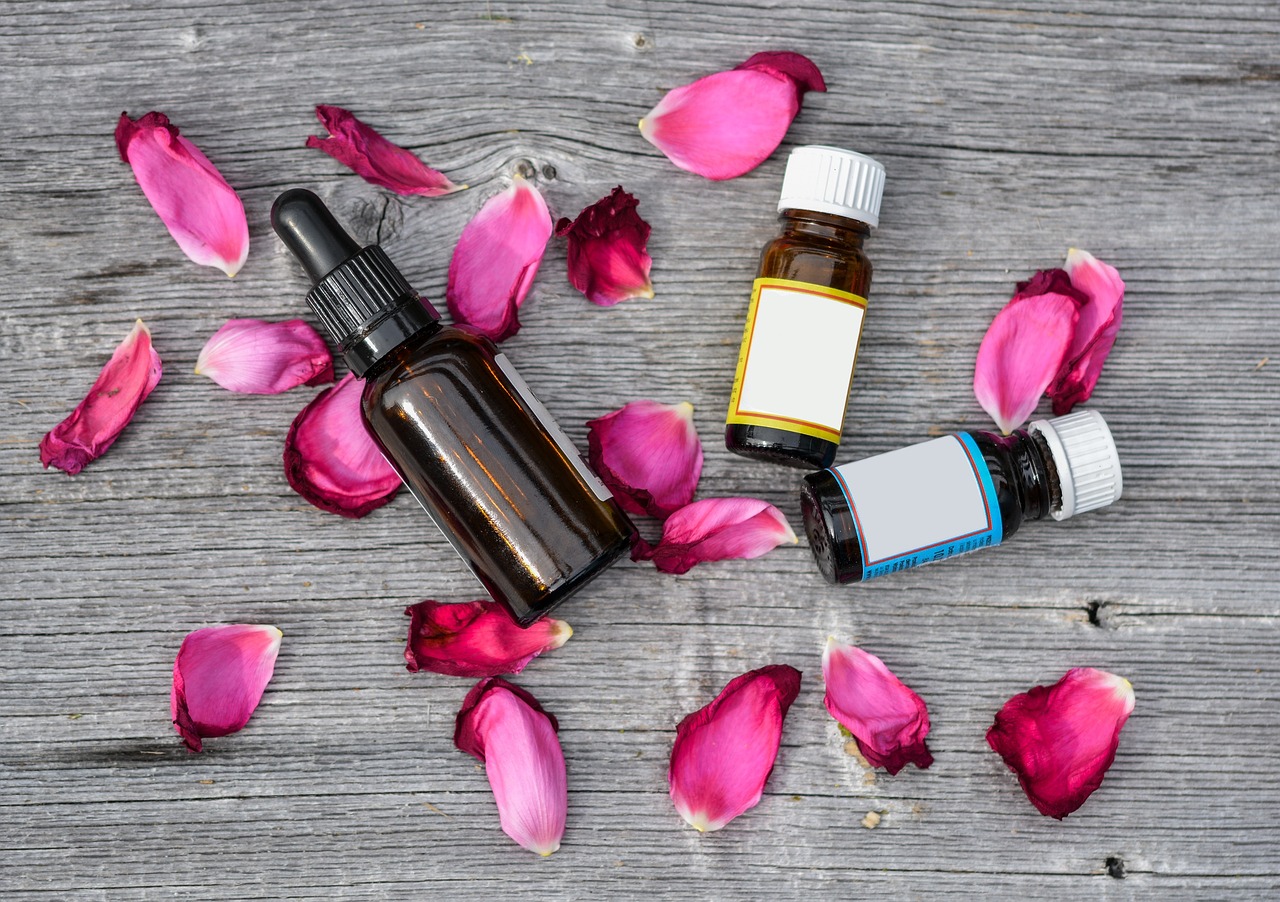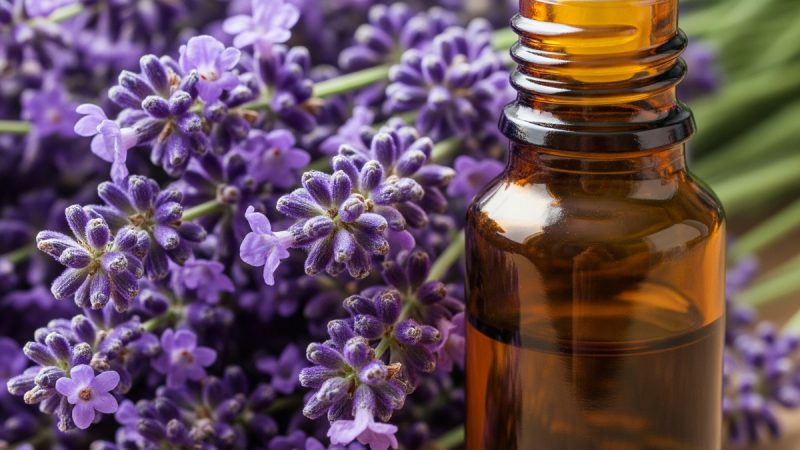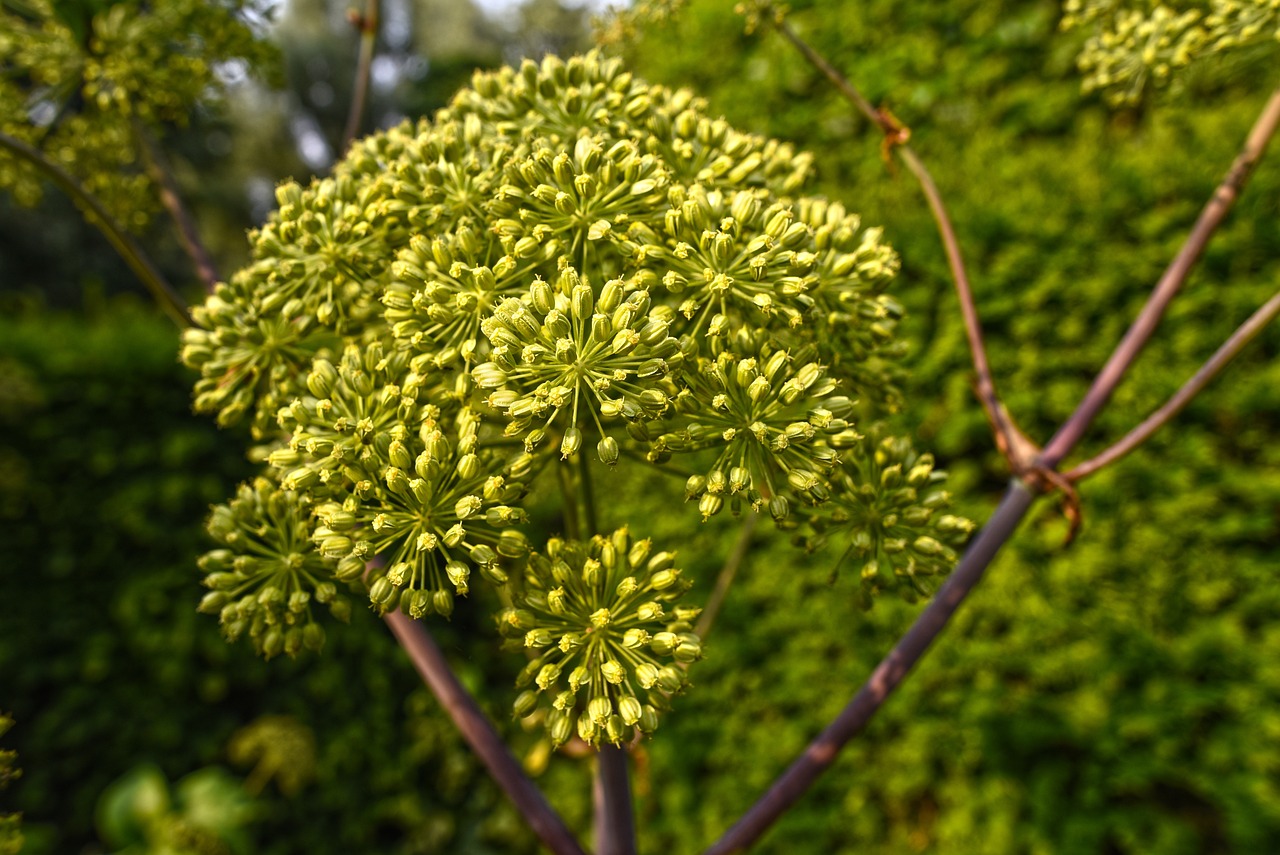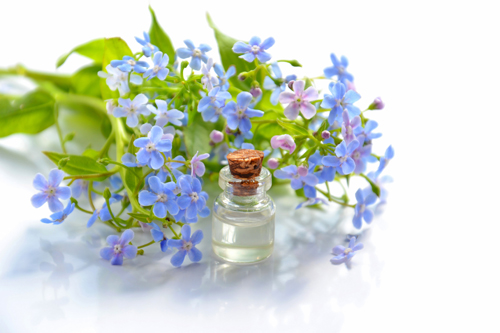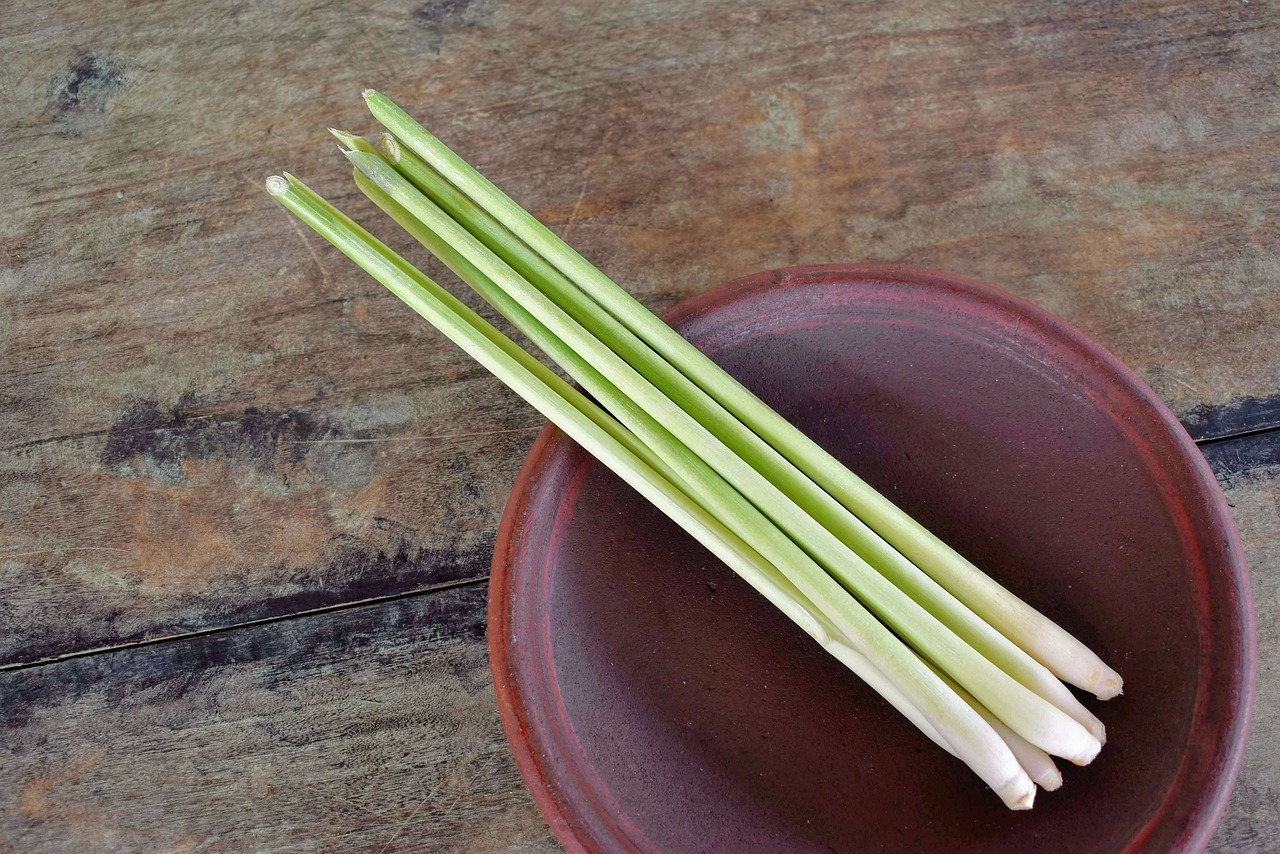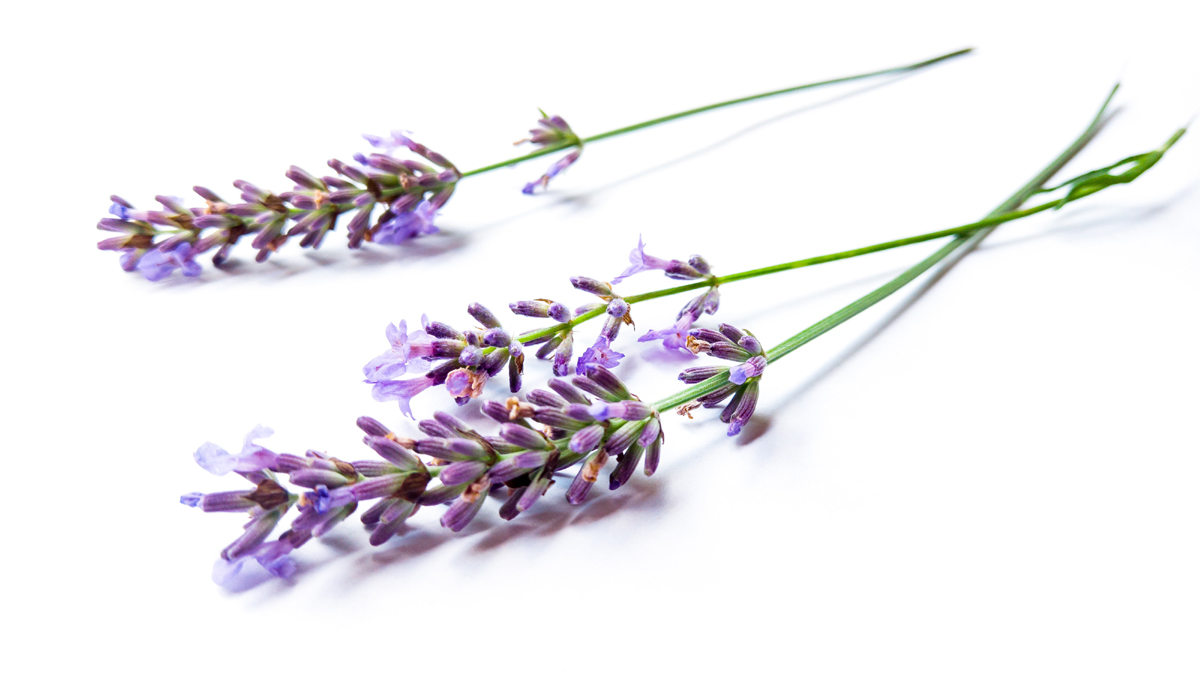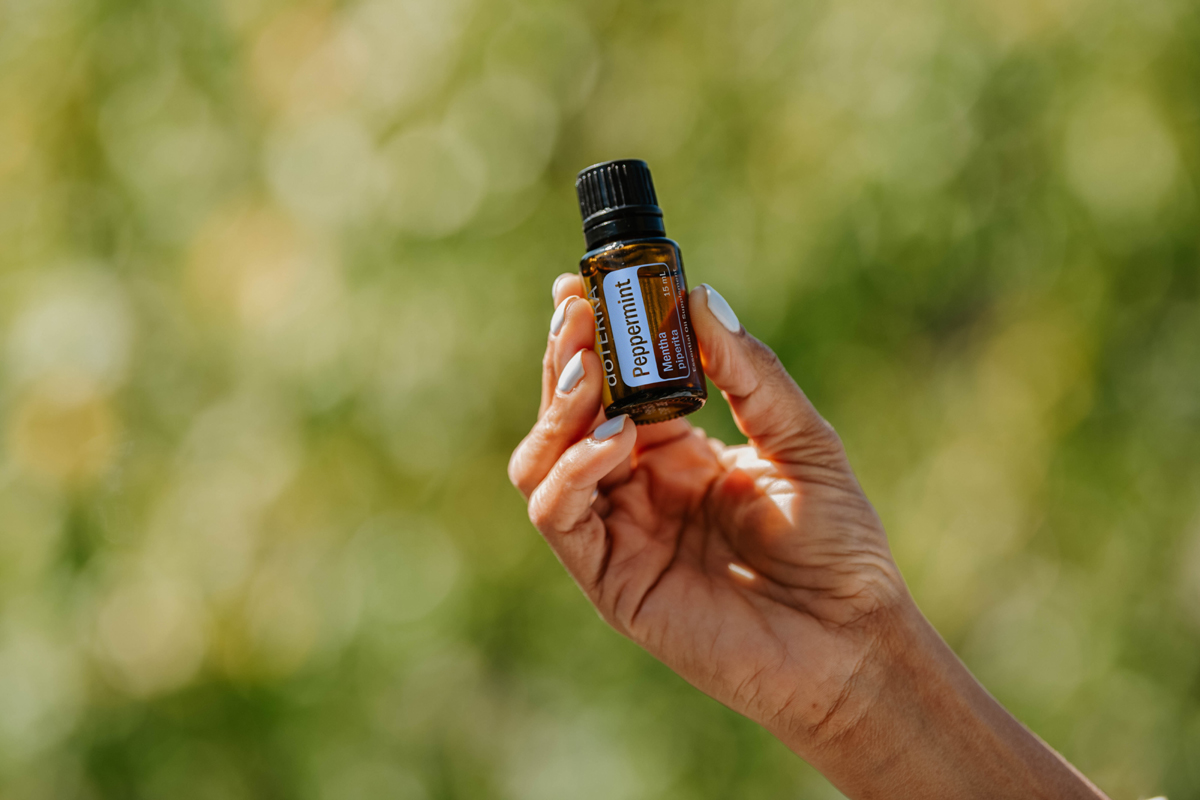All About Lavender Essential Oil

Lavender essential oil is often referred to as the universal oil, because there is such a multitude of uses for this oil, such as cuts, bruises, burns, headaches, and insomnia.
Lavender (Lavandula angustifolia)
Action: Antiseptic, analgesic, anti-tumoral, anti-convulsant, sedative, anti-inflammatory. Lavender essential oil is beneficial for cleansing cuts and wounds and is ideal for skin care, since it prevents the build up of excess sebum, a skin oil that bacteria feed on. Lavender has also been clinically evaluated for its relaxing effects.
Traditional Uses: The French scientist Rene Gatefosse was the first to discover lavender’s ability to promote tissue regeneration and speed wound healing when he severely burned his arm in a laboratory accident. He immediately immersed his arm into a bowl of liquid sitting on a table near him.
The liquid was lavender essential oil. The pain quickly went away and the wound healed in a short time without scarring. Today, lavender essential oil is one of the few essential oils to still be listed in the British Pharmacopoeia.
Indications: Burns (cell renewal), sunburns (including lips), dandruff, hair loss, allergies, convulsions, herpes, headaches, indigestion, insomnia, high blood pressure, menopausal conditions, nausea, phlebitis, tumors, premenstrual conditions, scarring (minimizes), skin conditions (acne, dermatitis, eczema, psoriasis, and rashes) and stretch marks. It may be used to cleanse cuts, bruises, and skin irritations.
Fragrance Influence: Calming, relaxing, and balancing, both physically and emotionally.University of Miami researchers found that inhalation of lavender oil increased beta waves in the brain, suggesting heightened relaxation. It also reduced depression and improved cognitive performance (Diego et al., 1998)
Aromatherapy uses lavender essential oil when treating psychological problems such as nervousness, insomnia, stress, depression, melancholy, fear and irritability. This oil helps stimulate and regenerate the nervous system and bring a feeling of calm.
Other Uses: Lavender is a universal oil with many different applications. It may help arthritis, asthma, bronchitis, convulsions, depression, earaches, heart palpitations, high blood pressure, hives (urticaria), insect bites, laryngitis, nervous tension, respiratory infections, rheumatism, and throat infections.
A Caution Note: If you are going to put lavender essential oil on a burn you had better make sure it is 100% therapeutic grade essential oil from a reputable company you trust!
When you actually have a burn that you are trying to treat with lavender essential oil and you are unknowingly instead putting more caustic chemicals onto your burn this can be serious trouble.
Lavender essential oil that is produced commercially is often distilled for only 15 minutes with a steam temperature of up to 350 degrees Fahrenheit and up to 155 pounds of pressure. Although the oil is easily marketed and sold, it is of very poor quality.
Some people are more concerned about the price than the quality. You can easily sell inexpensive Lavender essential oil if you can produce a pound of oil in 15 minutes instead of a pound of oil in an hour an a half by using lower heat and lower pressure to preserve the integrity of the oil.
In the larger fields of the world at distillation time, you can see chemical trucks hooked into the distillers pumping solvents into the water already in the boiler. This increases oil production by as much as 18 percent.
However, when you put a chemical in the water and force it with steam into the plant, it causes a fracturing of the molecular structure of the oil, altering its fragrance and constituents. Also you cannot separate the chemicals from the oil after they come through the condenser.
Today most of the lavender oil sold in America is a hybrid called Lavandin, grown and distilled in China, Russia and Tasmania. It is brought into France, cut with synthetic linolyl acetate to improve the fragrance, added to propylene glycol or SD 40, DEP, and DOP (solvents that increase the volume), and then sold in the US as lavender oil.
Often times Lavandin is heated to flash off the camphor, and then synthetic linolyl acetate is added so that it appears as lavender. Consumers do not know the difference and are happy to buy Lavandin for $5 to $7 per half ounce in health food stores, and through mail order.
These synthetic and adulterated oils can cause rashes, burns, or other irritations. We wonder why we do not get the benefits we were expecting and conclude that essential oils do not have much value. When synthetic fragrance constituents are added, the essential oil becomes weaker and weaker with each stage of distillation.
Many people have jumped on the bandwagon because of the money making potential they see in essential oils. They buy cheap oils, re-bottle them, label them as 100 percent pure essential oils, and market them without ever knowing their origin or who was responsible for distillation.
It is critical to make sure you are using 100% therapeutic grade essential oils from a reputable company that you trust.
To ensure that you are getting therapeutic-grade essential oils, find a company that submits their oils for routine testing by independent laboratories and whose oils are from organic source, distilled without chemical solvents at minimum temperatures and pressures, and are bottled straight from the still with no alterations or adulterations.
Oils with warnings on them about potential toxicity are probably not therapeutic or safe to use, except in massage, where they are diluted down to a 2-5% concentration in neutral carrier oil. The proof of an oil’s quality is in its manifested benefits when you use it.
A Few Ideas of The Many Ways to Use 100% Therapeutic Grade Lavender Essential Oil:
♦ Rub Lavender oil on the feet for a calming effect on the body.
♦ Rub a drop of Lavender oil on your palms and smooth on your pillow to help you sleep.
♦ Put a drop of Lavender oil on a bee sting or insect bite to stop itching and reduce swelling.
♦ Put 2-3 drops of Lavender oil on a minor burn to decrease pain.
♦ Mix several drops of Lavender oil with V-6 vegetable mixing oil and use topically on eczema and dermatitis.
♦ To alleviate the symptoms of motion sickness, place a drop of lavender oil on the end of the tongue or around the naval or behind the ears.
♦ To stop a nosebleed, put a drop of lavender oil on a tissue and wrap it around a small chip of ice. Push the tissue covered ice chip up under the middle of the top lip to the base of the nose and hold as long as comfortable or until the bleeding stops (do not freeze the lip or gum).
♦ Rub a drop of lavender oil over the bridge of the nose to unblock tear ducts.
♦ Rub lavender oil on dry or chapped skin.
♦ Rub a drop of lavender oil on chapped or sunburned lips.
♦ To reduce or minimize the formation of scar tissue, massage lavender oil on and around the affected area.
♦ Rub 2 to 4 drops of lavender oil over the armpit area to act as a deodorant.
♦ Rub a drop of lavender oil between your palms and inhale deeply to help alleviate the symptoms of hay fever.
♦ Rub several drops of lavender oil into the scalp to help eliminate dandruff.
♦ Place a few drops of lavender oil on a cotton ball and place in your linen closet to scent the linens and repel moths and insects.
♦ Place a drop of lavender oil in your water fountain to scent the air, kill bacteria and prolong the time between cleaning.
♦ Place a few drops of lavender oil on a wet cloth and throw into the dryer, which will deodorize and freshen your laundry.
♦ Put a drop of lavender oil on a cold sore.
♦ Diffuse lavender oil to alleviate the symptoms of allergies.
♦ Spritz several drops of lavender oil mixed with distilled water on a sunburn to decrease pain.
♦ Drop lavender oil on a cut to clean the wound and kill bacteria.
♦ Apply 2-3 drops of lavender oil to a rash to stop the itching and heal the skin.
Please Note: The information in this article is based solely on the use of 100% Pure Therapeutic Grade Essential Oils due to their high quality and tested purity.
The use of a brand of uncertain quality and/or purity will provide you with potentially dangerous, if not lethal, results. The author assumes no responsibility for your improper use of this information.
The statements about these oils have not been evaluated by the Food and Drug Administration. These oils are not intended to diagnose, treat, cure, or prevent any disease.
The Author:
Rebecca Noel is the author of The Essential Oils and Aromatherapy Info Blog where you can find out everything you want to know about essential oils and their uses with topics ranging from treating insect bites to making an awesome pesto to which oils to use for colds and the flu to making your own scented aromatherapy cards to aromatherapy accessories and much more.
Photo. Hans

